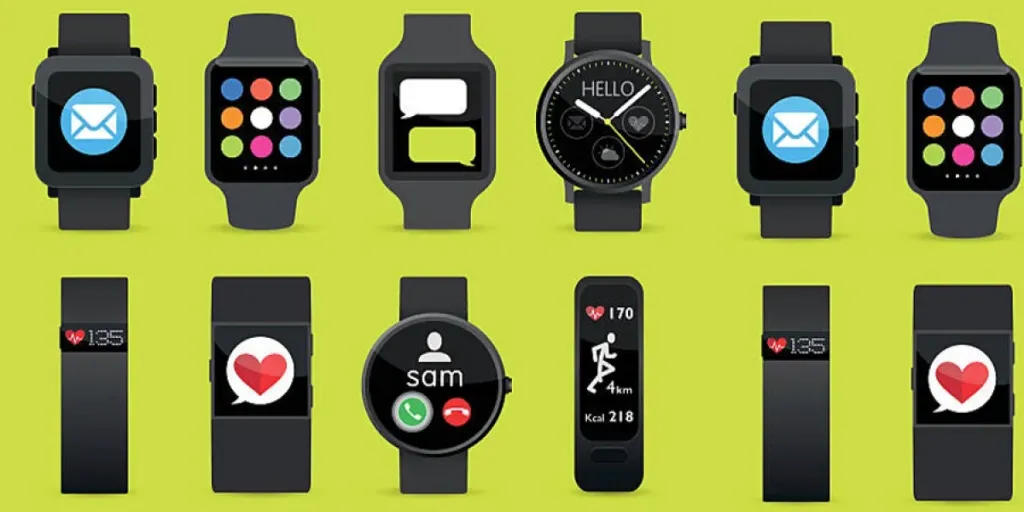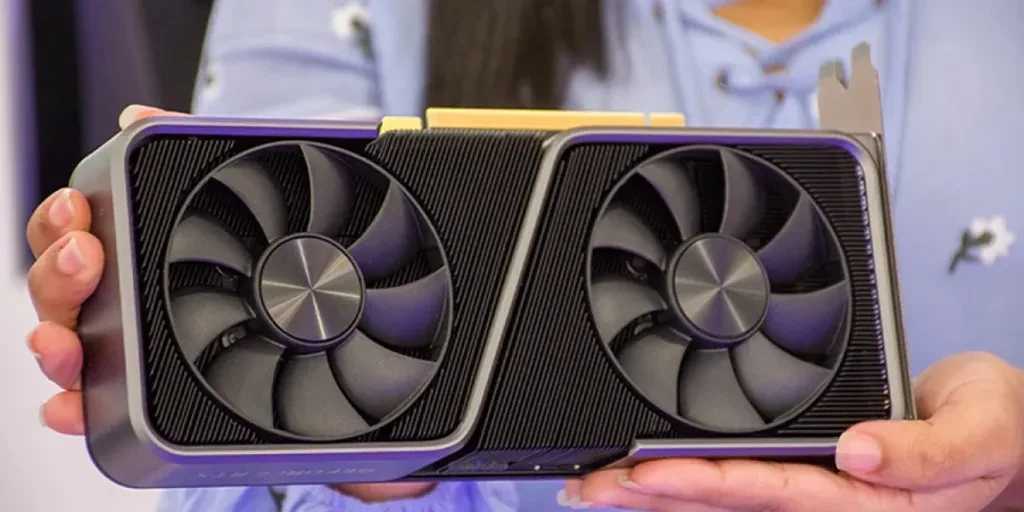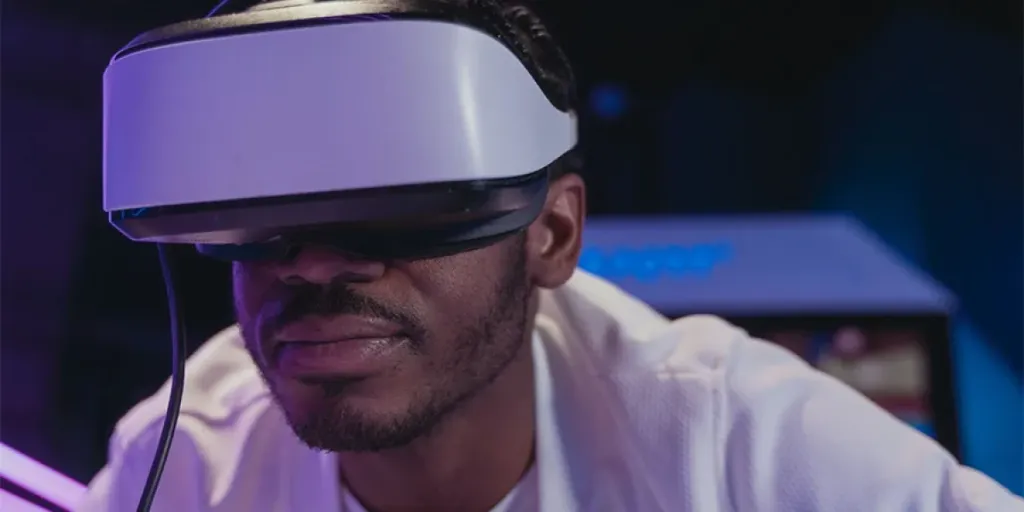It’s easy for anyone to witness the pull of a 240Hz gaming monitor. Shoppers are no longer satisfied with ghosting, stuttering, and vague “high-refresh” claims. They are actively seeking proof that their next buy will run smoothly and they are willing to pay for that peace of mind.
As a retailer, understanding and catering to this shift in consumer preferences can lead to more sales and an edge above the competition. This guide explores five great models shaping this trend, and it offers a checklist to ensure you stock winners instead of shelf-warmers.
Table of Contents
A quick look at the 240Hz gaming monitor market report
5 can’t-miss 240 Hz models for retailers to stock
1. QD-OLED 240 Hz panel
2. 4K 240 Hz display
3. Eye-comfort 240 Hz screen
4. Versatile USB-C 240 Hz monitor
5. Budget-Friendly 27-Inch Model
5 checks retailers should make before choosing 240 Hz monitors
1. Panel clarity test
2. Port lineup check
3. Colour and HDR review
4. Eye-comfort audit
5. Warranty proof
Stock these monitors today
A quick look at the 240Hz gaming monitor market report
Recent reports revealed that the 240 Hz monitor segment is currently at US$ 9.8 billion and will reach US$ 15.2 billion by 2030, with a compound annual growth rate (CAGR) of roughly 6.5% a year.
Another report analysing the broader gaming-monitor arena shows a parallel 6.6% CAGR and notes that Asia–Pacific already commands the largest share, with North America and Europe close behind, thanks to a booming esports scene, next-gen console adoption, and falling panel costs.
What is lifting the curve? Prize pools in competitive gaming keep swelling, so serious players and the influencers they follow treat the 240 Hz as the new baseline. Graphics cards and HDMI 2.1 consoles now push frame rates that hit 240 fps, making slower panels feel obsolete.
Meanwhile, panel makers have trimmed manufacturing costs on IPS, VA, and QD-OLED substrates, nudging high-refresh displays into mainstream price tiers once ruled by 144 Hz models.
5 can’t-miss 240 Hz models for retailers to stock
1. QD-OLED 240 Hz panel
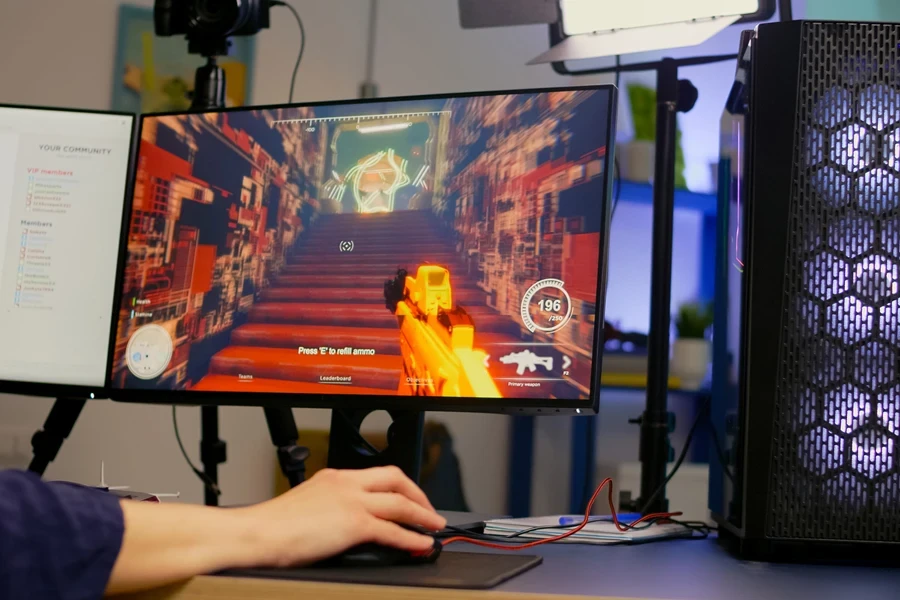
The QD-OLED 240 Hz gaming monitor is a glossy showstopper on the shelf. The high refresh rate keeps motion smooth, while the OLED panel lights each pixel on and off in a blink, so lines stay clear. Quantum dots add rich colour, and the HDR support helps bright flashes stand out without washing out dark corners.
Furthermore, a USB-C port sits next to HDMI and DisplayPort, letting the OLED gaming monitor, laptop, or next-gen console plug in quickly. The low-blue mode and a steady, flicker-free backlight make long sessions easier for the eyes. It’s safe to say many shoppers may consider the QD-OLED a premium upgrade path for their competitive play nights.
2. 4K 240 Hz display
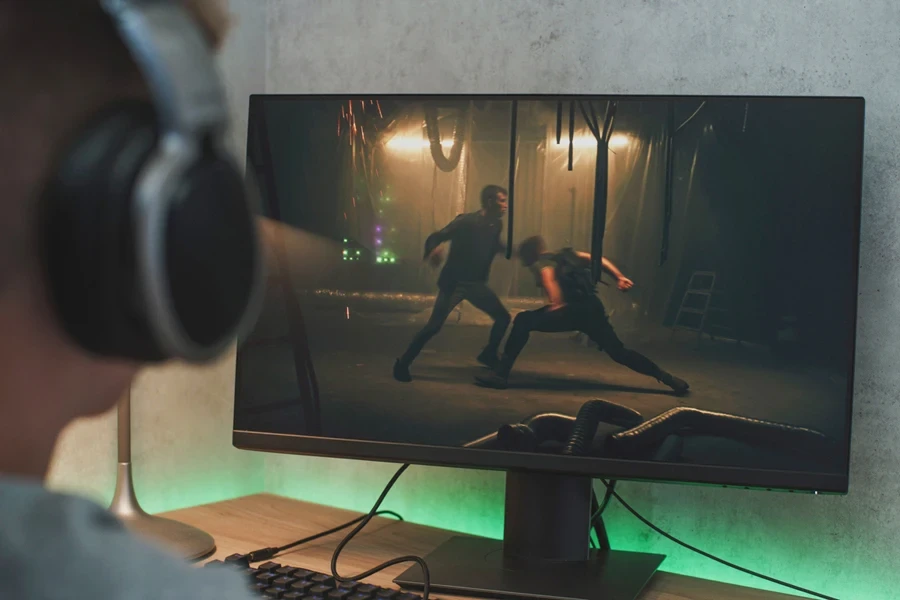
Ever come across an all-around monitor device? Luckily, the 4K 240 Hz gaming monitor fits into that smooth category. Its high refresh rate keeps arcade games fluid, while the 3840 × 2160 resolution shows crisp grass lines and tiny map icons.
Plug a gaming PC through DisplayPort or a next-gen console through HDMI 2.1 monitor—both feed frames match the screen’s speed. USB-C lets laptops share the panel with one cable. The adaptive sync stops tearing, and its 1 ms response time prevents ghosting. High dynamic range brings brighter highlights, deeper caves, and richer skies, keeping visuals lively during long streaming sessions.
3. Eye-comfort 240 Hz screen

Gamers who log marathon sessions prize a 240 Hz screen that is gentle on the eyes. This eye-care model runs a smooth LED backlight and a low-blue-light mode that filters harsh wavelengths yet keeps colour lively. A 1ms response pairs with G-SYNC or FreeSync, matching each frame from a gaming PC and stopping tear lines.
Multiple high-bandwidth ports support quick device swaps without fiddling with adapters. An anti-glare coating dulls bright room lights, and the ergonomic stand tilts, swivels, and rises so posture stays relaxed. Less strain means longer practice, leaving players fresher for weekend tournaments and keeping returns low for shoppers and staff.
4. Versatile USB-C 240 Hz monitor
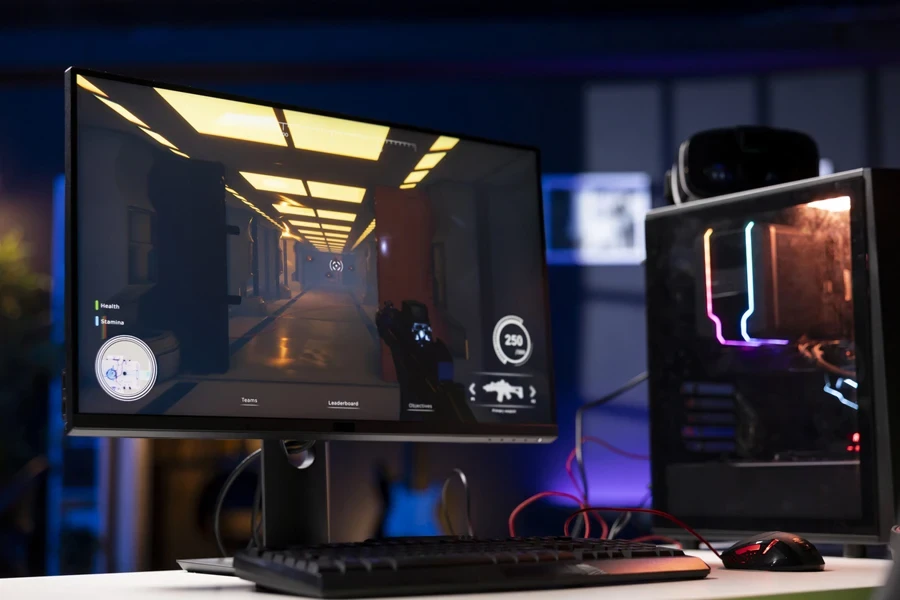
Retail stores may receive increasing requests for a screen that handles gaming at 240 Hz, yet doubles as a laptop dock. However, a versatile model satisfies this demand with its USB-C power delivery. One cable moves video, data, and up to 100 watts of charge, so desks stay clear.
Meanwhile, the variable-refresh technology keeps every image aligned with the GPU, smoothing motion without manual tweaking. An integrated KVM lets the same mouse and keyboard jump between devices, while a built-in USB-A hub powers headsets and controllers, and passthrough Ethernet steadies online play. Simpler cable management makes the monitor an easy upsell during demos for consumers seeking clean setups.
5. Budget-friendly 27-Inch model
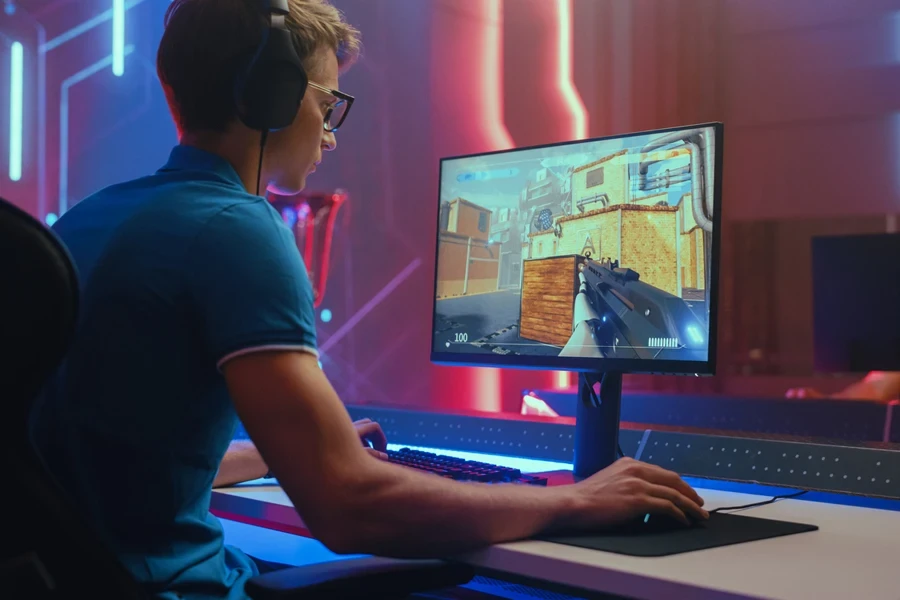
Many gamers want smooth performance without breaking the bank. A 27-inch, 240Hz monitor hits that sweet spot. An IPS panel delivers consistent, vibrant colors—even when friends gather around. A 1ms response time ensures crisp visuals during fast-paced shooters.
It’s versatile, too. Standard ports support consoles and mid-range graphics cards, while a USB Type-C input makes it easy to connect a laptop. HDR10 enhances the experience by adding brightness to explosions and depth to shadows. The minimalist stand tilts and adjusts for a more comfortable setup.
Pair this value-packed monitor with headsets and mousepads, and weekend shoppers can walk out with a full gaming setup.
5 checks retailers need before choosing 240 Hz monitors
1. Panel clarity test
Use a motion test clip to judge clarity. The best gaming monitors hold sharp edges at full speed thanks to Extreme Low Motion Blur Sync and a true 1 ms response time. Reject samples showing double images during camera pans, as blur scares competitive buyers away from any on-screen action.
2. Port lineup check
Count the ports before placing any order. An esports monitor needs HDMI 2.1 for consoles, DisplayPort 1.4 for desktop graphics cards, and a USB-C jack that carries video and a 65-watt charge. Showing all three in-store proves that every device connects cleanly and saves staff from hunting for adapters.
3. Colour and HDR review
Request proof of the real colour. A panel covering 98% DCI-P3 and holding VESA High Dynamic Range approval shows bright spells and deep caves exactly as artists intend. Accurate shades impress streamers who film floor demos and post clips, silently marketing your display aisle to their eager followers all week.
4. Eye-comfort audit
Scan the sheet for Eyesafe approval and a flicker free badge. Enable low blue light, dim lights, then run a twenty practice loop. If text edges stay steady and eyes feel fresh, the screen passes. An adjustable stand and matte coating finish the comfort test for marathon players today, happily.
5. Warranty proof
Finally, ask for printed warranty terms before any purchase. A three-year limited hardware warranty plus advanced exchange service shows the maker supports its 240 Hz gaming monitor long after checkout. On-site service after remote diagnosis speeds fixes, protects store reputation, and keeps competitive teams from missing important weekend events.
Stock these monitors today
Gamers want smoother play, and a 240 Hz screen makes every mouse move feel butter-smooth. Demand keeps increasing, but your profits depend on the details: screens that stay sharp, ports that fit any PC, colors that pop right away, and a warranty that lasts.
Use the five simple checks we covered to spot real quality and dodge flashy boxes that won’t sell. Order your stock before the next big gaming event, and shoppers will treat your store as their only stop when the race for even faster refresh rates begins.

